How to Choose the Right 1 Inch PVC Valves for Your Plumbing Needs
Table of Contents
- Understanding the Basics of 1 Inch PVC Valves in Plumbing Systems
- Key Factors to Consider When Selecting PVC Valves for Your Needs
- Comparing Different Types of 1 Inch PVC Valves and Their Applications
- Essential Tools for Installing 1 Inch PVC Valves Effectively
- Common Mistakes to Avoid When Choosing PVC Valves for Plumbing Projects
- Maintenance Tips to Ensure Longevity of Your 1 Inch PVC Valves
- FAQS
- Conclusion
- Related Posts
When you're dealing with plumbing stuff, picking the right parts is pretty important if you want things to run smoothly and last a long time. One key component you’ll often hear about is the 1-inch PVC valve. These valves are super important for controlling how water flows and managing pressure, whether it’s for a home, a business, or even bigger industrial setups.
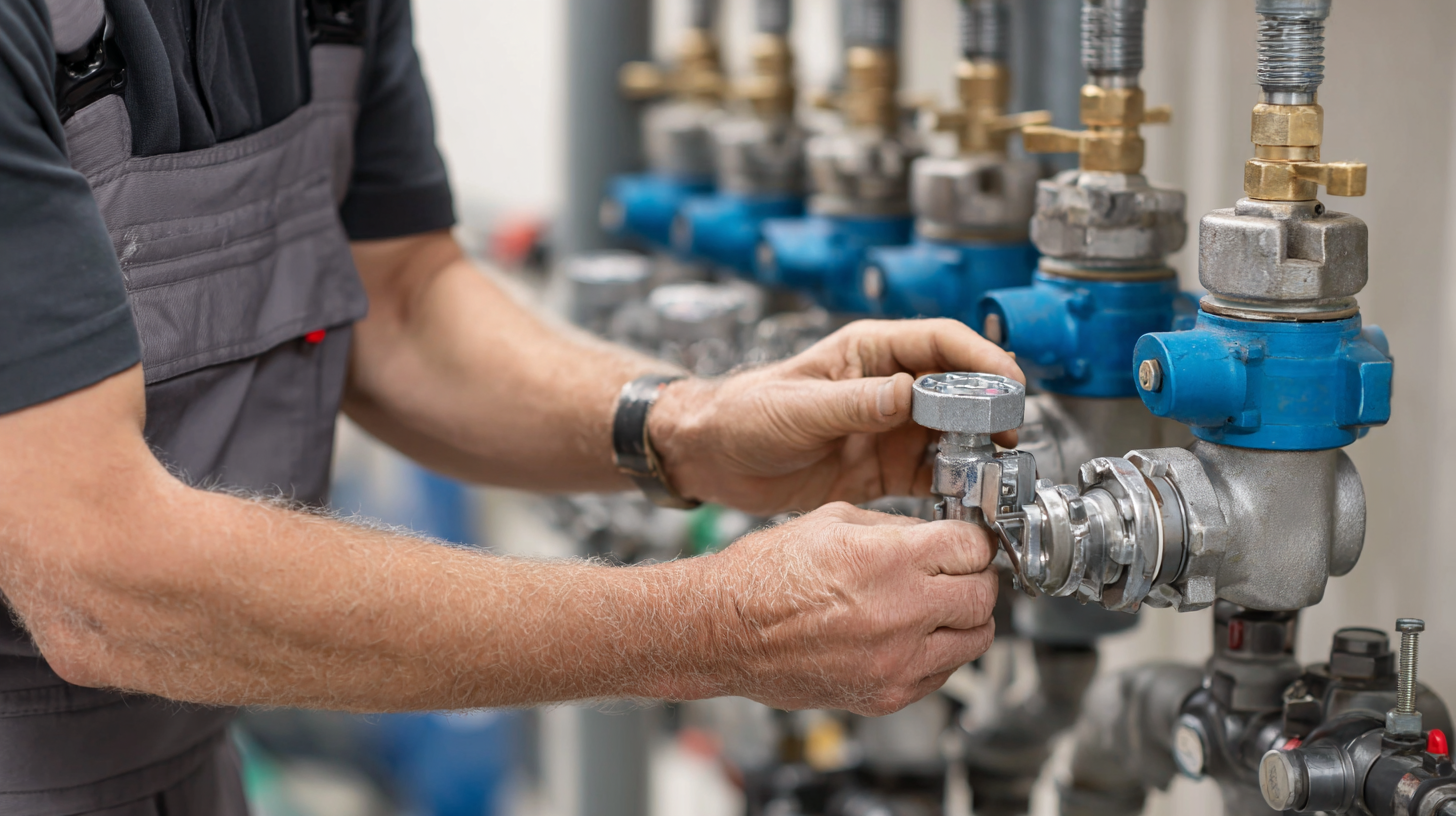
I recently read a report from MarketsandMarkets that says the worldwide market for PVC valves is expected to hit over $2.3 billion by 2025—that’s a clear sign people want durable, corrosion-resistant options. And speaking of experience, Ningbo Pntek Technology Co., Ltd. has been exporting for over 10 years, making them a pretty solid choice when it comes to plastic pipes, fittings, and valves. They offer high-quality 1-inch PVC valves that can handle all kinds of plumbing needs.
This guide is here to help you make smarter choices when selecting the right PVC valves, so you get the best performance and reliability for your projects.
Understanding the Basics of 1 Inch PVC Valves in Plumbing Systems
Looking to pick out the right 1-inch PVC valves for your plumbing setup? Well, it helps to understand the basics of these parts first. PVC valves are pretty popular both in homes and businesses because they don’t rust, are lightweight, and won’t break the bank. According to the Plastic Pipe and Fittings Association (PPFA), if you take care of your PVC system, it can last over 50 years—that’s pretty impressive and makes it a solid choice for most plumbing needs.
Now, these 1-inch PVC valves are mainly used to control the flow of water in your pipes. They come in different types like ball valves, gate valves, and check valves—each designed for a specific job. For example, ball valves are great because they seal tightly and let water flow easily, which makes shutting off water super quick when you need to. Plus, the Hydraulic Institute says choosing the right valve can actually boost energy efficiency by up to 30%. So, it’s pretty important to get familiar with the different kinds and what they do, to make sure you’re getting the most out of your system — both in terms of performance and saving money.
Key Factors to Consider When Selecting PVC Valves for Your Needs
When you're choosing 1-inch PVC valves for your plumbing project, a few things are worth keeping in mind. First off, you wanna pay attention to the pressure ratings. As per the Plastic Pipes and Fittings Association, these valves usually handle anywhere from about 150 to 300 PSI, but it really depends on the specific type and design. It’s super important to pick a valve that can handle the pressure your system will throw at it — safety and proper functioning depend on it, after all.
Another thing to think about is what kind of fluids you'll be controlling with these valves. ASTM points out that different PVC materials can react differently depending on the chemicals they come into contact with. For example, regular PVC works fine for cold water, but if you’re dealing with hot water or more aggressive, corrosive stuff, CPVC is a better option. So, knowing what fluids will flow through your system helps you pick a valve that doesn’t just work well now but also lasts longer. When in doubt, it’s always a good idea to chat with a plumbing pro or check out the manufacturer’s specs — better safe than sorry, right?
How to Choose the Right 1 Inch PVC Valves for Your Plumbing Needs
| Factor | Description | Recommendation |
|---|---|---|
| Material Quality | Ensure the valve is made from high-quality PVC to withstand pressure and temperature variations. | Look for valves that comply with ASTM standards. |
| Valve Type | Select between ball valves, gate valves, and butterfly valves based on flow control needs. | For precise flow control, consider a ball valve. |
| Connection Type | Check if the valve has the right connection type, such as threaded or slip connections. | Match connection type with existing plumbing for easy installation. |
| Pressure Rating | Ensure the valve can handle the pressure levels of your plumbing system. | Select valves rated above your system's maximum pressure. |
| Temperature Resistance | Consider the temperature of the fluid passing through the valve. | Choose valves that can handle the specific temperature range of your application. |
| Size Compatibility | Ensure the valve matches the size of your plumbing pipes. | Opt for 1 inch valves for 1 inch pipes to avoid flow issues. |
Comparing Different Types of 1 Inch PVC Valves and Their Applications
When you're on the hunt for the right 1-inch PVC valves for your plumbing project, it’s really helpful to know the different types out there and what they’re best suited for. For example, standard ball valves are pretty much the go-to for many folks because they’re super easy to use and they seal reliably—that’s why you see them so often, whether it’s in a home or a business. They let you control the flow with just a simple turn, and there’s minimal pressure loss, which is a big plus.
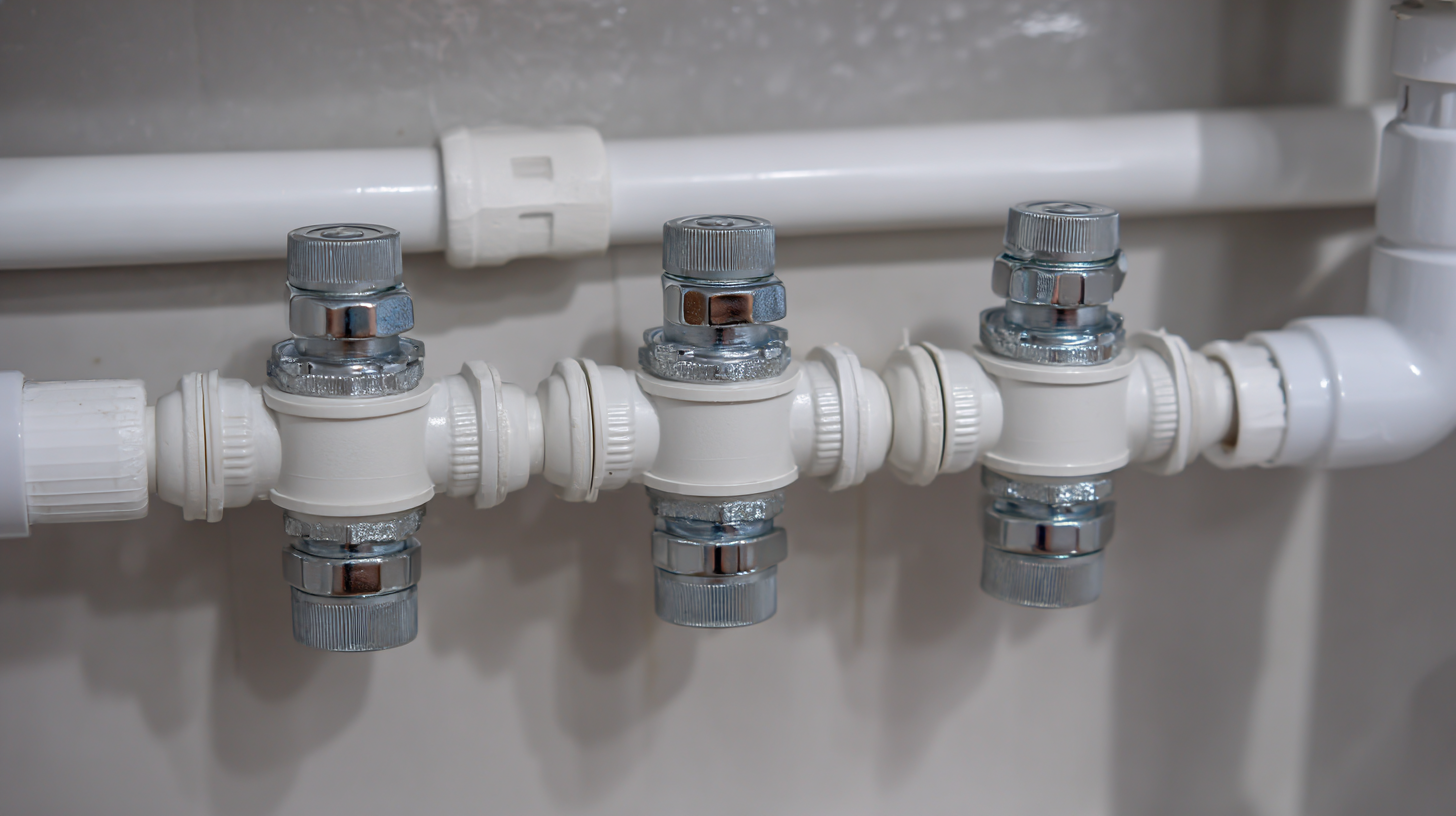
Now, if you need a little more finesse in controlling how the water flows, gate valves might be the way to go. They’re designed to give you smooth, gradual adjustments—kind of like slowly turning a dial—thanks to their special design.
Then there are check valves, which are honestly a lifesaver in preventing backflow. They’re crucial in setups where reverse flow could cause problems or even contamination. Basically, they’re like the watchdogs of your plumbing system, keeping everything running smoothly and safely.
Getting to know what each type of valve does is not just about making your system work better—it also helps it last longer and perform more reliably. Think of it kind of like how tech in cars is constantly evolving to make our rides more durable and efficient. Picking the right valves makes a real difference overall, and a little understanding goes a long way.
Essential Tools for Installing 1 Inch PVC Valves Effectively
Installing a 1-inch PVC valve might sound straightforward, but honestly, having the right tools makes all the difference if you want the job to go smoothly. I’ve read that if you don’t install things properly, it can lead to quite a bit of water wastage – like, homeowners could be paying up to 20% more on their water bills each year! Crazy, right? So, it’s really worth making sure you’re well-equipped. Things like a good PVC cutter, a deburring tool, and some Teflon tape are pretty much essentials. Using a PVC cutter helps you get a nice, clean cut, while the deburring tool stops any sharp edges from messing up the seal. Trust me, smooth edges matter!
Pro tip: Always double-check your measurements before you cut—better safe than sorry, right? It helps prevent waste and makes fitting those pipes a lot easier. Plus, creating a tidy workspace with decent lighting can really make the whole process less stressful.
Oh, and here’s a little extra tip if you’re working with PVC pipes in colder weather: grabbing a heat gun isn’t a bad idea. Heating up the pipes just a bit makes them more flexible, so fitting them in is much smoother—and apparently, doing this right can cut down the chances of cracking by around 30%. Not too shabby!
Safety note: Don’t forget to throw on some safety goggles and gloves when using the heat gun. Better safe than sorry. With the right tools, a little caution, and a bit of patience, you’ll be able to install those 1-inch PVC valves confidently—and help keep your plumbing running efficiently without any hiccups.
Common Mistakes to Avoid When Choosing PVC Valves for Plumbing Projects
When you're choosing 1-inch PVC valves for your plumbing projects, it’s super important to watch out for common mistakes so things don’t get shaky later on. One big slip-up is not paying enough attention to your system’s flow needs. Before you buy anything, take a minute to check your pressure and flow rate — that way, you pick a valve that really fits your setup. You don’t want to end up with something that’s just not up to the job.
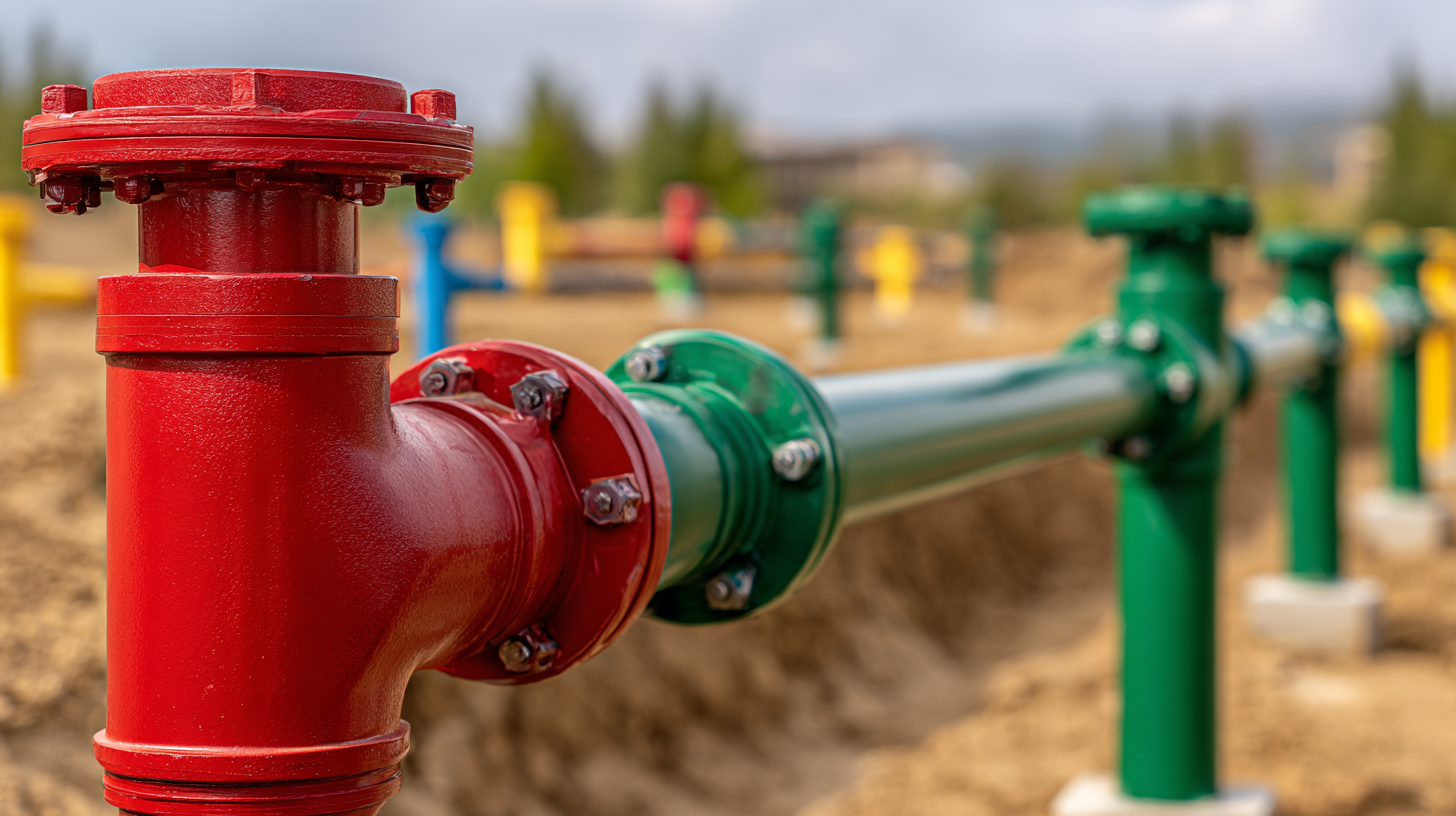
Another thing that trips people up is forgetting to make sure the valve is compatible with the plumbing materials you already have. Not all PVC valves are the same; using the wrong kind can end up causing leaks or messing with performance. So, double-check that the valve matches your existing system’s specs and materials—that little extra effort can save you from costly headaches down the line.
Pro tip: Always double-check the valve’s specs and follow the manufacturer’s guidelines to make sure it’s suited for your project. And if you’re feeling unsure, don’t hesitate to chat with a plumbing pro—they can give you some solid advice based on your specific setup. Investing a bit of time into choosing the right valve now will definitely save you a lot of trouble when it comes to installation — and down the road, too.
Maintenance Tips to Ensure Longevity of Your 1 Inch PVC Valves
If you want your 1-inch PVC valves to last a good long time, regular maintenance is really the way to go. Taking care of them properly not only keeps your plumbing running smoothly but also helps dodge those costly replacements down the line. A good place to start is by giving your valves a quick peek every now and then—look out for cracks, leaks, or any signs of wear. Catching problems early can save you a lot of hassle and money later on.
Another thing worth keeping an eye on is calcium buildup. Over time, it can mess with how well your valves work. Doing routine cleanings can help keep the water flowing nicely and maintain the right pressure. Plus, it’s a good idea to flush your system every now and then to get rid of any sediment that might cause blockages. If you keep your valves clean and well-maintained, they’ll perform better and last much longer. Stick to these simple tips, and your 1-inch PVC valves will stay in great shape, providing reliable service for years to come.
1 Inch PVC Valves Maintenance Tips
FAQS
: The main types of 1-inch PVC valves are ball valves, gate valves, and check valves. Ball valves are commonly used for easy operation and reliable sealing, gate valves allow for more precise flow control, and check valves prevent backflow in plumbing systems.
Ball valves are suitable for both residential and commercial uses, providing a means to control flow with minimal pressure drop, making them ideal for general plumbing needs.
Gate valves feature a unique design that allows for gradual adjustments in flow, making them ideal for applications that require more precise control.
Check valves are vital for preventing backflow, particularly in situations where reverse flow could lead to damage or contamination, helping to maintain the integrity of the plumbing setup.
One major mistake is overlooking flow requirements. It's essential to assess your system's pressure and flow rate to select a valve that can handle your specific needs effectively.
Ensuring compatibility is crucial because using the wrong type of PVC valve can lead to leaks or performance issues, resulting in costly repairs.
Regular maintenance includes inspecting valves for signs of wear or damage, eliminating calcium buildup, and periodically flushing the plumbing system to remove sediment.
If unsure, consider consulting with a plumbing professional who can provide valuable insights and guidance tailored to your specific project requirements.
Consistent maintenance enhances valve performance and extends their lifespan by preventing issues such as wear, damage, and sediment buildup that can disrupt functionality.
Neglecting maintenance can lead to impaired performance, increased likelihood of leaks, and potentially costly replacements in the long run.
Conclusion
Picking the right 1-inch PVC valves really matters if you want your plumbing system to run smoothly and last a good long time. In this post, I’ll walk you through the basics—things like pressure ratings, what fluids they work with, and specific use cases. We’ll also look at different types of these valves so you can find one that fits your needs perfectly.
Plus, I’ll share some handy tips on tools and techniques for installation—stuff that can save you from common mistakes. And of course, I’ll cover maintenance tips to keep your valves in top shape over the years. With over a decade of experience under our belt, Ningbo Pntek Technology Co., Ltd. really gets how important it is to choose the right 1-inch PVC valves for your projects. Trust me, making the right choice now means better performance and less hassle down the road.
Blog Tags:

Ethan
Application

Underground pipeline
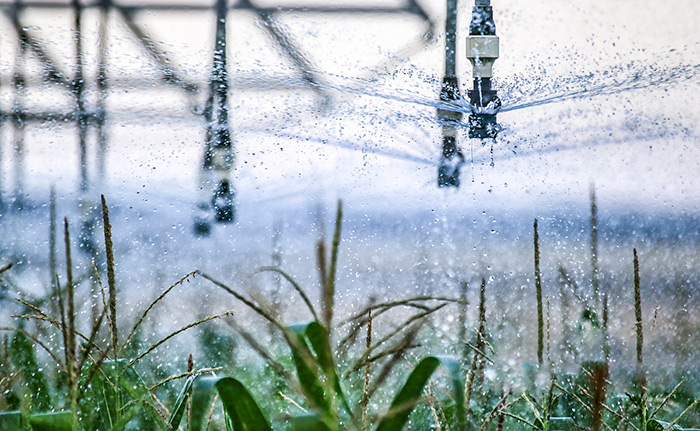
Irrigation System
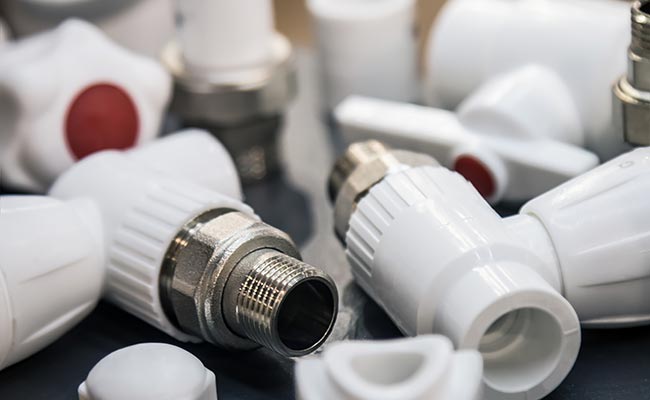
Water Supply System

